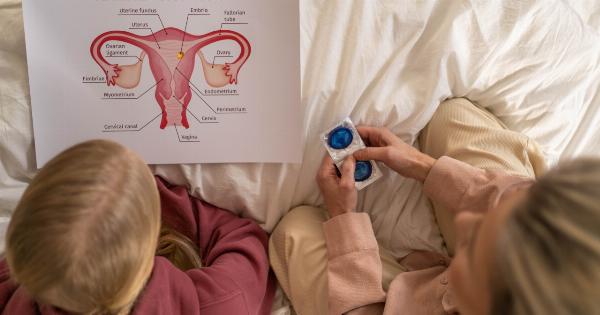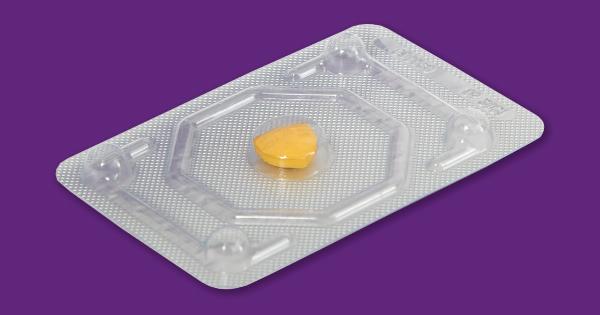For decades, the pill has been the most popular form of contraception for women. However, recent studies have shown that women are seeking alternative options with fewer side effects.
In this article, we will discuss some of the non-pill options available to women.
Barrier methods
Barrier methods physically block sperm from entering the cervix. Condoms, diaphragms, and cervical caps fall under this category. They are easy to use, readily available, and do not require a prescription.
However, they are not as effective as other methods and must be used every time you have sex.
Sterilization
Sterilization procedures are permanent methods of birth control. Women can undergo either tubal ligation (having their fallopian tubes tied) or a procedure called Essure, which involves implanting small metal coils in the fallopian tubes.
Sterilization is highly effective, but it is recommended for women who are sure they do not want to have children in the future.
Intrauterine devices (IUDs)
IUDs are small, T-shaped devices that are inserted into the uterus. There are two types of IUDs: hormonal and non-hormonal. Hormonal IUDs contain progestin, while non-hormonal IUDs are made of copper.
IUDs are highly effective and can last for up to 10 years. However, they must be inserted and removed by a healthcare provider.
Implants
Implants are small, flexible rods that are inserted under the skin of the upper arm. They release progestin and can last for up to 3 years. Implants are highly effective and do not require daily attention like the pill.
However, they must be inserted and removed by a healthcare provider.
Progestin shots
Progestin shots are injections of progestin that are given every 3 months. They are highly effective and do not require daily attention like the pill. However, they must be administered by a healthcare provider.
Fertility awareness-based methods
Fertility awareness-based methods involve tracking your menstrual cycle and avoiding sex during your fertile period. These methods require a lot of discipline and are not as effective as other methods.
They also do not protect against sexually transmitted infections.
Withdrawal
Withdrawal, or pulling out, involves the man pulling out before ejaculation. This method is not reliable and does not protect against sexually transmitted infections.
Emergency contraception
Emergency contraception, or the “morning-after pill,” can be used after unprotected sex to prevent pregnancy. There are two types of emergency contraception: the copper IUD and the emergency contraceptive pill.
The copper IUD can be inserted up to 5 days after unprotected sex and is highly effective. The emergency contraceptive pill must be taken within 72 hours of unprotected sex and is less effective than the copper IUD.
Conclusion
There are many non-pill options available to women for contraception. It is important to discuss your options with a healthcare provider to determine which method is best for you.





























